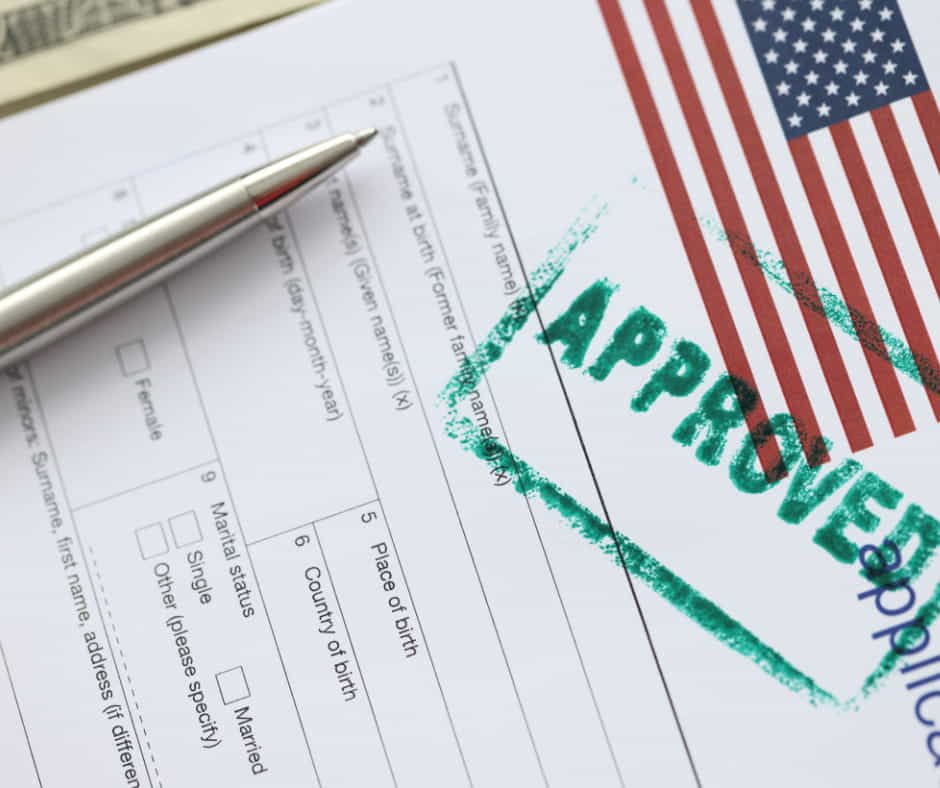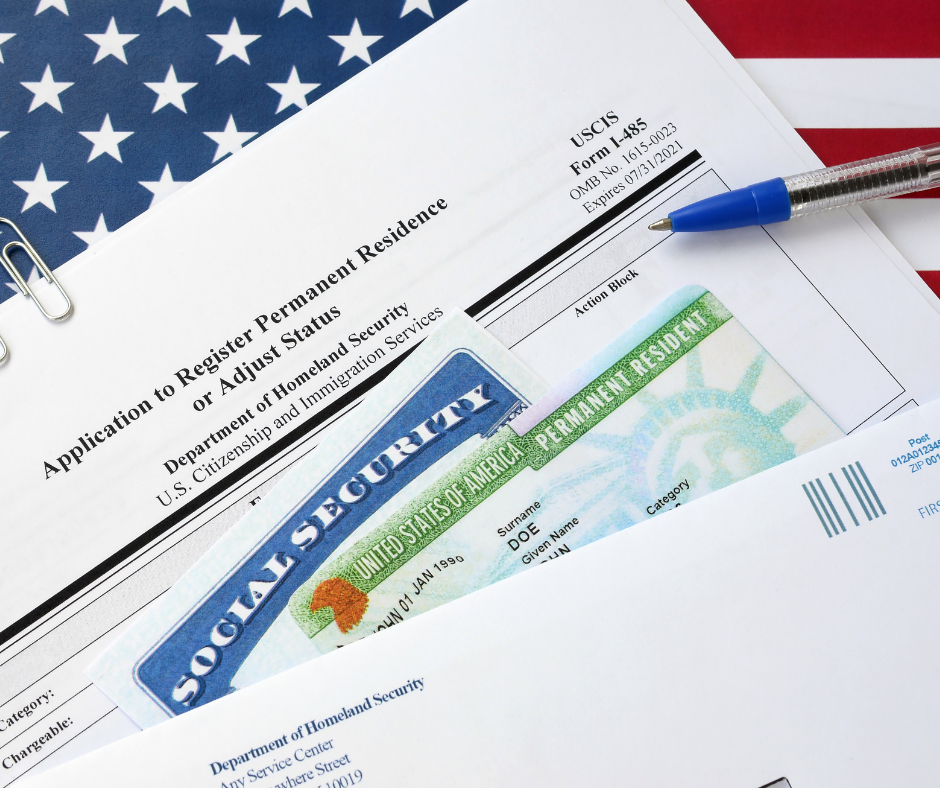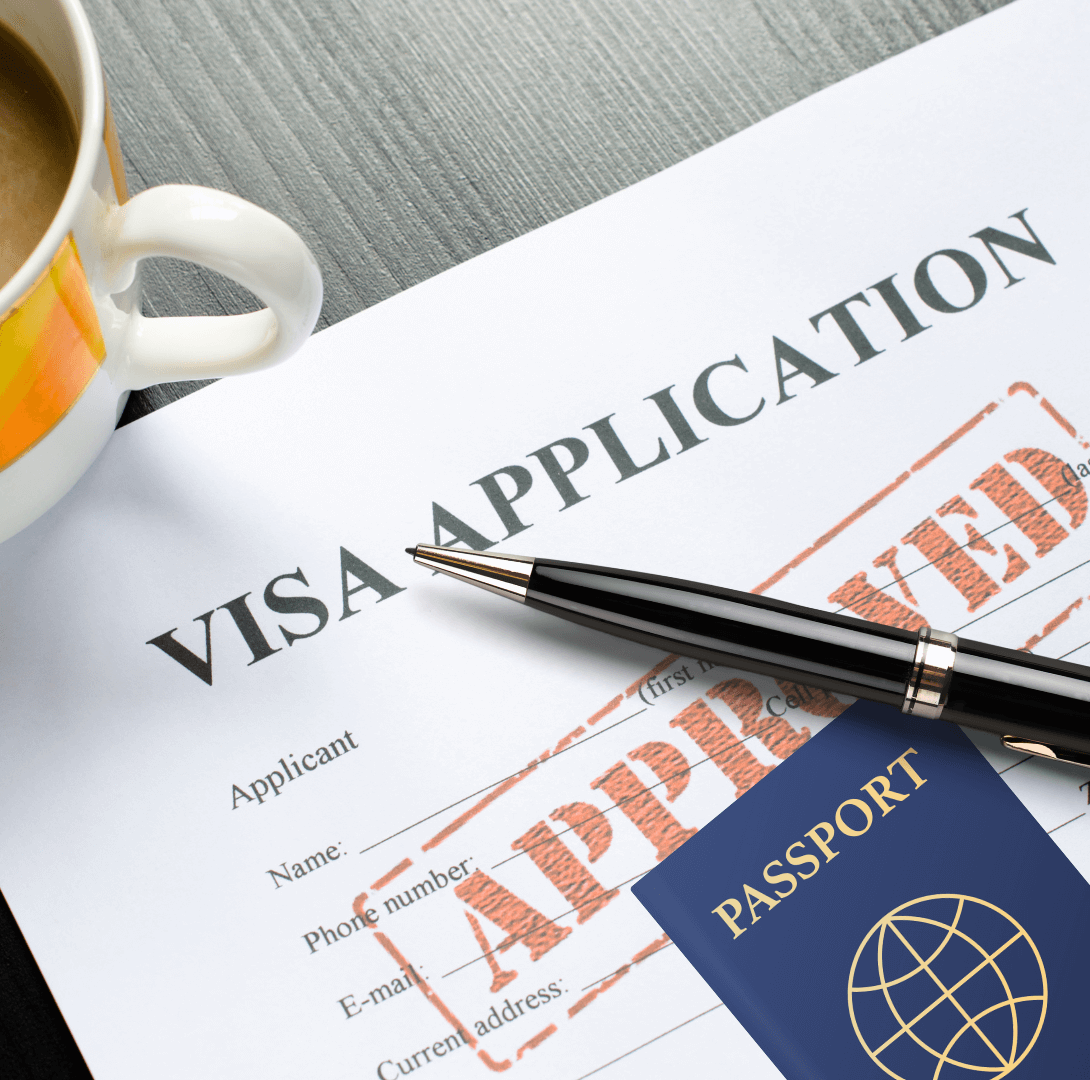Streamlining the Path to American Employment
The United States, often referred to as the land of opportunity, continues to attract talent from across the globe. As individuals seek to explore professional prospects in the U.S., visas become the gateway to realizing their American dream. Among the various types of visas available, the L1 Blanket Visa has emerged as an efficient and effective option for foreign workers. This comprehensive guide explores the nuances of the L1 Blanket Visa, offering a clear understanding of its benefits, eligibility criteria, and the essential steps involved in securing one.
The L1 Visa: An Introduction
Before delving into the specifics of the L1 Blanket Visa, it’s important to have a foundational understanding of the L1 visa itself. The L1 visa is designed for intracompany transferees, allowing foreign employees to work in the United States for a qualifying organization. There are two primary categories under this type of visa – L1A and L1B.
- L1A Visa: This category is meant for managers and executives being transferred to the United States within the same company.
- L1B Visa: Specialized knowledge employee who possess unique skills or expertise related to the company’s operations fall under the L1B category.
Intracompany transferees under the L1 visa may include employees from foreign companies seeking to establish a U.S. presence, or those already working for a U.S. entity’s foreign branch. The L1 visa is temporary in nature and does not lead to permanent residency (a green card) on its own. However, it can be a stepping stone towards a green card through employment-based immigration processes.
Understanding the L1 Blanket Visa
The L1 Blanket Visa is an extension of the traditional L1 visa program, created to streamline the process for certain companies and their employees. It offers several advantages, making it an attractive option for organizations and foreign workers alike.
Efficiency: One of the key benefits of the L1 Blanket Visa is its efficiency. It allows qualifying organizations to file a single petition, known as the Blanket Petition, on behalf of multiple employees. This eliminates the need for individual petitions, saving time and resources.
Convenience: This type of visa simplifies the process for employees as well. It enables applicant to bypass the time-consuming and often arduous process of obtaining individual L1 visa petition, making it a quicker and more convenient option.
Flexibility: Employees under the visa L1 Blanket can move more freely between different branches and subsidiaries of their qualifying company. This provides greater flexibility and agility in the ever-evolving global business landscape.
Qualifying for the L1 Blanket Visa
To benefit from the L1 Blanket Visa, both the organization and the employee must meet certain eligibility criteria:
Qualifying Organization: The U.S. employer must be a eligible organization, meaning it has a pre-established relationship with the foreign company. This relationship can be in the form of a parent, subsidiary, affiliate, or branch office.
Specialized Knowledge or Management Role: The employee must fall under one of the L1 visa categories, meaning they either hold a managerial or executive role (L1A) or possess specialized knowledge (L1B) essential to the organization’s operations.
Blanket Petition Approval: The U.S. organization should have an approved Blanket L-1 Petition from the United States Citizenship and Immigration Services (USCIS). This petition is a prerequisite for utilizing the L1 Blanket Visa.
Consular Processing: While the L1 Blanket Visa allows for streamlined processing at U.S. consulates and embassies, applicants should still go through the standard consular processing, including an interview with a consular officer.
The Application Process
Applying for an L1 Blanket Visa involves several essential steps:
Blanket Petition: The U.S. employer must initiate the process by submitting a Blanket Petition (Form I-129) to the USCIS. This petition should include detailed information about the eligible organization, its relationship with foreign branches, and the nature of the employees’ work.
Employee Application: Once the Blanket Petition is approved, employees can begin their visa application process. This typically involves submitting the necessary documentation to the U.S. consulate or embassy in their home country.
Consular Interview: Applicants must attend a consular interview, during which a consular officer will assess their eligibility for the L1 Blanket Visa.
Visa Issuance: If the consulate representative approves the application, the L1 Blanket Visa will be issued to the employee. It’s important to note that the L1 Blanket Visa is initially valid for up to three years, with the possibility of extensions.
Benefits of the L1 Blanket Visa
The L1 Blanket Visa offers numerous advantages for organizations and employees:
Cost-Efficiency: By avoiding the need for individual petitions, companies can save on legal fees, processing times, and associated costs.
Faster Processing: The streamlined process results in quicker visa issuance, allowing organizations to bring in their foreign employees more expeditiously.
Flexibility: Employees under the L1 Blanket Visa can transfer within the organization more easily, supporting the agile functioning of global businesses.
Job Opportunities for Spouses: L1 Blanket Visa holders can apply for an L2 visa for their spouse, enabling them to work in the U.S. after obtaining Employment Authorization.
Path to Green Card: While the L1 visa doesn’t provide a direct route to a green card, it can serve as a stepping stone. L1 visa holders can explore employment-based immigration options for a more permanent status in the U.S.
Challenges and Considerations
While the L1 Blanket Visa is an appealing option for many, there are certain challenges and considerations to bear in mind:
Qualifying Relationship: Not all companies may meet the criteria for a qualifying relationship, which is essential for the L1 Blanket Visa.
Specialized Knowledge: Employees applying under the L1B category must prove their specialized knowledge, which can be a subjective process.
Job Opportunities for Dependents: While spouses of L1 Blanket Visa holders can work in the U.S., the same does not apply to dependent children.
Time Limits: The L1 Blanket Visa is initially valid for three years, with a potential extension. However, it is not a long-term solution for those seeking permanent residency.
Immigration Law Compliance: To ensure a smooth application process and compliance with U.S. immigration law, seeking the guidance of an immigration lawyer is often advisable.
Navigating the L1 Blanket Visa Journey
For individuals and organizations navigating the intricate landscape of U.S. immigration, understanding the L1 Blanket Visa is a crucial step. It offers a simplified, cost-effective, and expedited path for companies to transfer their employees to the United States. Additionally, employees can experience increased flexibility and job opportunities for their spouses.
As with any immigration process, it is essential to be well-informed and prepared. The guidance of an immigration lawyer who specializes in L1 visas can be invaluable in ensuring a smooth and successful application process.
In conclusion, the L1 Blanket Visa serves as a testament to the United States’ commitment to facilitating the flow of international talent while fostering business growth. It enables companies to efficiently bring in their foreign employees and provides opportunities for skilled individuals to contribute to the American workforce. As businesses continue to expand across borders, the L1 Blanket Visa emerges as a powerful tool in the realm of U.S. immigration, bridging the gap between global talent and American opportunity.



